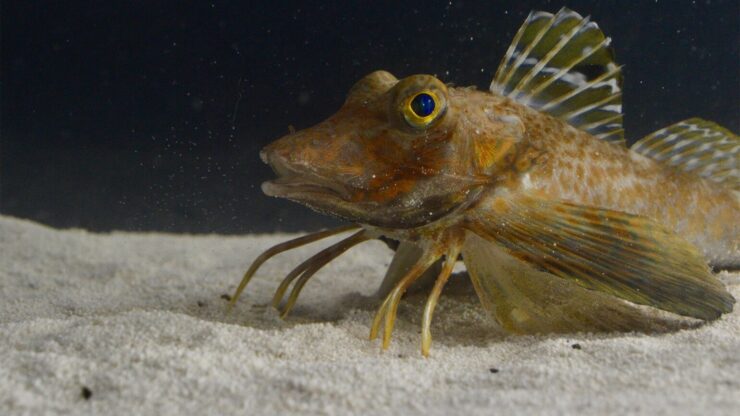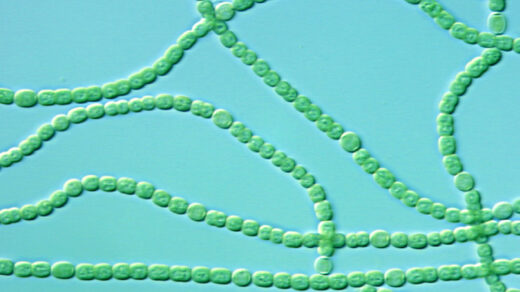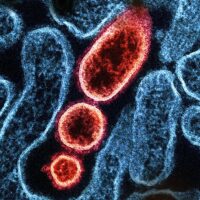Sea robins are one of these species scientists have been fascinated with for decades. These creatures have such a fascinating combination of a fish body, birdlike wings, and crab-like legs that the scientific world calls them “aquatic centaurs.” At least, says David Kingsley, a developmental biologist at Stanford University, who has devoted himself to these marine creatures.
Very recently, papers published in Current Biology noted that sea robins use their legs both for swimming and tasting. This team of researchers was led by Dr. Kingsley to better understand the genetic and developmental factors controlling this evolutionary appendage development.

A major discovery was that a gene known as tbx3a, a variant of the human gene responsible for limb formation, is integral to the development of sea robin legs. This gene was edited using the CRISPR gene editing techniques and the effect on the fish appendage was observed. They found that mutation of tbx3a generated alterations in the number and type of legs, which therefore could give a clue to just how evolution can reuse existing genetic elements in novel ways.
Previous studies suggested that sea robin legs can be used to find food buried under the seabed. To check that, the researchers performed experiments in which mollusks were buried under various depths of sand and marked down the ability of different species of fish to find them. They also used small capsules of amino acids and the smell of the mollusk to verify that it is actually the chemicals from the buried prey that the fish were detecting, and not relying on eyesight or vision.

One species, Prionotus carolinus was especially good at finding buried food. Examining the molecules responsible for this capability it was found that shovel-shaped legs of this species had appendages which were utilised in tasting, a function similar to human tongue papillae. These appendages act as taste receptors for the fish and enable it to “taste” its prey before digging it out.
Although the taste receptors of sea robin legs share much in common with humans, there are some differences as well. This, says Thomas Finger, from the University of Colorado, who was not involved in this research, is a unique flavor form of chemical sensory system. In humans, similar cells throughout our digestive system use taste molecule receptors to sense chemicals which give food and drink flavor, but this does not elicit any sensations of taste in the human body.
Conceptually similar” is how Nicholas Bellono from Harvard University described how the taste receptors of the legs of sea robins change with evolution, tasting food with the arms as octopuses do. However, sea robins’ sensory receptors and their connections to the central nervous system are totally different from those in other organisms, indicating that evolution reused and combined existing elements in peculiar ways to create a specific sensory system for detecting food.
Importantly, the taste receptors are present only in some species of sea robins. This means legs first evolved as appendages before any particular species developed sensory adaptations to exploit that new food detection method. Corey Allard from Dr. Bellono’s lab spoke about how mysterious the fact was that other sea robins could sense those chemicals without having taste receptors or papilla-like projections.
LABELLING OF ROBIN FISH

University of Chicago’s Neil Shubin also commented on the wider implications from these discoveries. He notes that fish like catfish and goatfish also have taste receptors along barbel-like whiskers protruding from their heads. Shubin suggested that this ability to taste through different parts of the body increases the varieties of sensations that are available and represents further evolutionary advantage.
In this case, the adaptation of sensory adaptations in the legs of the sea robin is a prime example of how natural selection will alter existing genetic elements into a special sense. To understand such mechanisms driving evolutionary change as well as how an organism adapts to its environment, study of such adaptations is required.



















